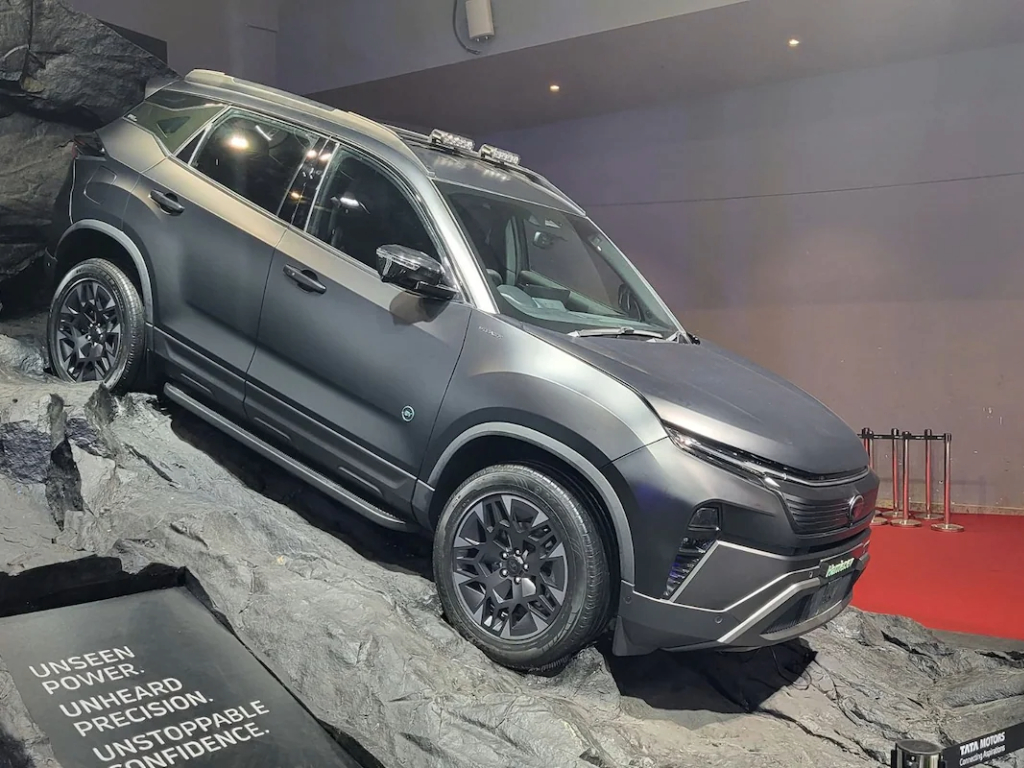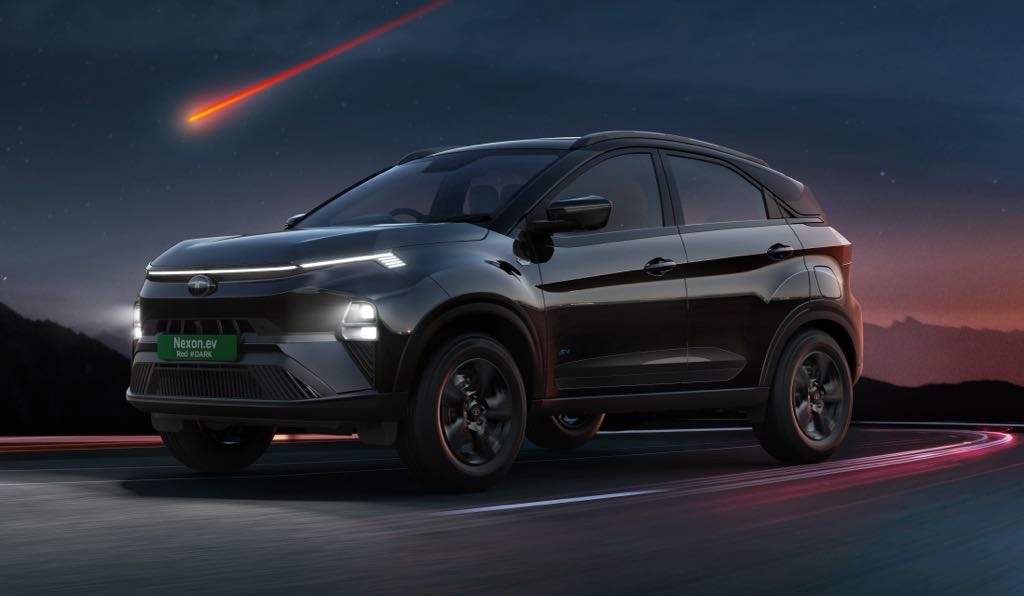
Tata Motors remains committed to EV leadership despite declining sales and market share amid rising competition
Tata Motors is maintaining its commitment to electric vehicle leadership despite a noticeable dip in sales and market share in the past fiscal year. The company, which once dominated the Indian EV space with an 80% market share, concluded FY25 with a reduced but still leading 55.4% stake in the segment.
The Mumbai-based automaker recorded a 10.7% year-on-year decline in EV sales, delivering around 57,616 units in FY25 compared to 64,530 units the previous year. Company executives attributed the shortfall primarily to a slowdown in fleet demand, worsened by the withdrawal of the FAME-II subsidy and operational hurdles faced by fleet operators.
Despite these headwinds, Tata Motors is doubling down on its EV strategy. Upcoming launches such as the all-electric versions of the Sierra and Harrier, along with updates to existing models like the Tiago and Tigor, are expected to reinforce the company’s EV portfolio. Group CFO PB Balaji emphasised that mainstreaming electric mobility remains central to Tata’s long-term vision.
The company reported that EVs accounted for 11% of its total passenger vehicle sales in FY25, while CNG vehicles made up 25%. Nonetheless, overall PV revenues saw a 7.5% decline, largely due to shrinking hatchback sales.
Commercial Vehicle Segment Shows Mixed Results
In the commercial vehicle space, Tata Motors retained its position as the domestic market leader with a 37% share. Although revenue from the segment declined, the company reported improved profitability—a noteworthy achievement described as the first of its kind in 25 years.
However, not all areas of the CV business are performing uniformly. The company flagged its small commercial vehicle (SCV) segment as requiring urgent strategic review and corrective action, citing performance stress during the fiscal year.
Looking ahead, Tata Motors expects supportive market conditions and sees its fundamentals as stable. The company recently received shareholder approval to proceed with its long-anticipated demerger, separating the PV and CV businesses into independently listed entities. Pending clearance from the National Company Law Tribunal (NCLT), the demerger is slated to take effect on October 1, with July 1 as the appointed date.
Internally, preparations for the split are reportedly on track, with employee transitions completed and operational structures aligned for the two new entities.
Global Battery Strategy and JLR Developments
Tata Motors is also advancing on the battery front through its subsidiary, Agratas. The battery manufacturing arm is constructing a 20 GWh EV cell plant in Sanand, Gujarat, scheduled for completion by December 2026. A larger 40 GWh facility in the UK is also in the pipeline. Tata Motors and Jaguar Land Rover (JLR) will be the first customers for these plants.
On the global front, Tata Motors welcomed the India-UK Free Trade Agreement, which lowers import duties on UK-made cars to 10% under a quota system. While the duty-free quota for EVs remains modest, the move is expected to make JLR models more accessible and price-competitive in India.
Balaji noted that the reduced tariffs should help strengthen JLR’s footprint in India, although a decision on local manufacturing of these models is still a longer-term consideration. JLR currently assembles several models—such as the Range Rover and Velar—in India via the CKD route and these vehicles will not be impacted by the FTA changes.
In the U.S., JLR sales have been affected by existing trade tariffs, particularly on the Land Rover Defender. Tata Motors is exploring mitigation strategies while keeping a close watch on potential new trade agreements between the EU and the U.S.
Financial Performance and Investment Outlook
Tata Motors has achieved a net cash positive status for the year ended March 2025, marking a significant financial milestone. Automotive free cash flow came in at Rs. 22,400 crore, slightly lower than the Rs. 26,900 crore reported in FY24, due to cash profit fluctuations and working capital changes.
The company plans to maintain a stable investment outlay of £18 billion over the next five years, focusing on EVs, product development and global expansion. These investments will be funded mainly through operational cash flows.
While the company navigates through market shifts and competitive pressures, Tata Motors continues to place strategic emphasis on sustainability, innovation and global integration—paving the way for its next phase of growth.


